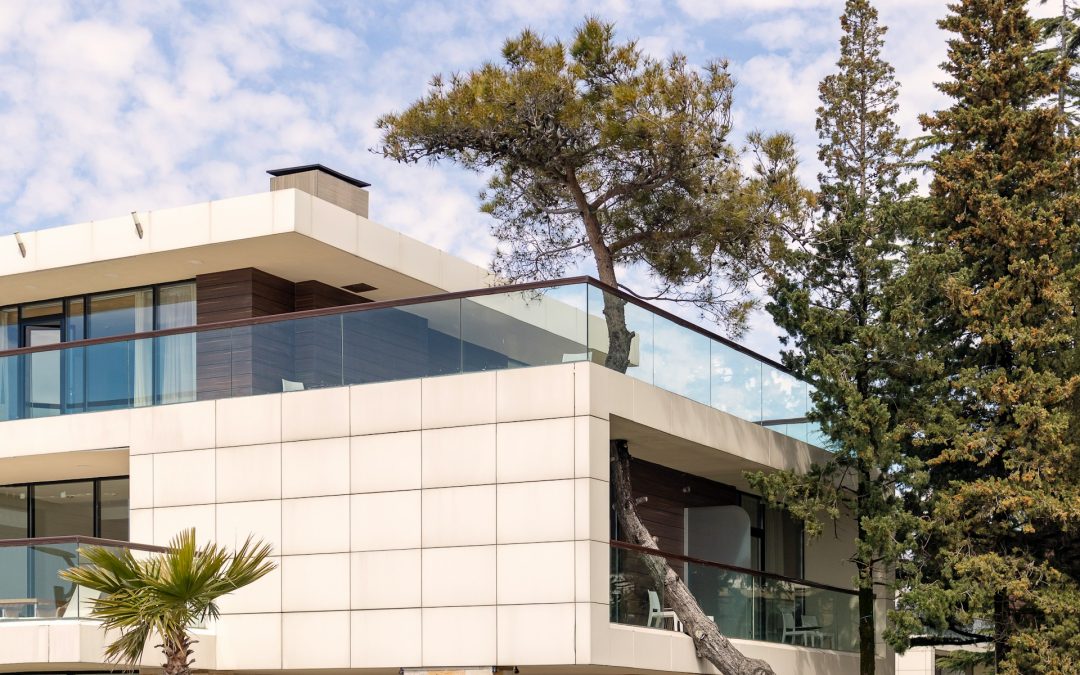Building a home is a great opportunity to incorporate eco-friendly practices that benefit both the environment and your living space. By choosing sustainable materials and energy-efficient designs, you can create a home that not only minimises its carbon footprint but also maximises comfort and cost savings over time. Small changes in the building process can make a big difference.
Sustainability starts with the materials you select. Opting for items like recycled materials, bamboo, and sustainable timber ensures your home build supports environmental health. Low-VOC paints and finishes help maintain good indoor air quality, making your home safer for your family.
Design features can also enhance your home’s efficiency. Thoughtful placement of windows for natural lighting, proper insulation, and selecting energy-saving appliances are just a few ways to improve energy efficiency and reduce costs. With the inclusion of renewable energy sources, like solar panels or wind turbines, you can take further steps towards an eco-friendly lifestyle. Embracing these practices not only supports a healthier planet but also sets a positive example for the community.
Choosing Sustainable Materials
Selecting the right building materials is a fundamental step in creating an eco-friendly home. Using sustainable materials benefits the environment by reducing waste and energy consumption. These materials also contribute to a healthier living space for occupants, as they tend to be less toxic and more durable.
Recycled materials are an excellent choice for sustainable construction. They use less energy to produce compared to new materials and help conserve natural resources. Options like recycled steel, reclaimed wood, and recycled glass offer durability and unique aesthetic appeal. Another popular choice is bamboo, which grows rapidly and requires fewer resources than traditional timber. As a versatile and strong material, bamboo can be used for flooring, cabinetry, and more.
Sustainable timber sourced from well-managed forests is another eco-friendly option. Look for timber certified by credible organisations, ensuring that it has been harvested ethically. Incorporating low-VOC (Volatile Organic Compounds) paints and finishes is crucial, as these contain fewer volatile chemicals, reducing indoor air pollution and promoting better health for your family. Choosing these materials makes your home more environmentally friendly and aligns with a commitment to sustainability.
Energy-Efficient Home Design
Designing an energy-efficient home involves strategic choices that minimise energy consumption and enhance comfort. One of these strategies is passive solar design, which takes advantage of natural sunlight to heat and light your home. This approach involves large windows facing the sun, thermal mass to absorb heat, and proper shading to reduce overheating in summer.
Proper insulation is another critical factor in energy-efficient homes. Insulation keeps the home warm in winter and cool in summer, reducing the need for heating and cooling systems. The strategic placement of windows also plays a role in energy efficiency. Windows installed on the north side of the house can maximise natural light, while double glazing helps retain heat.
Energy-efficient appliances and lighting further reduce energy use. Choosing appliances with high energy ratings and LED lighting contributes to lower electricity bills and less environmental impact. These technologies are designed to perform well while consuming minimal electricity, making them a smart choice for any household looking to save energy. By incorporating these design elements, your home becomes more sustainable and efficient, creating a comfortable environment with reduced energy needs.
Water Conservation Techniques
Water conservation is vital for an eco-friendly home, and there are several effective ways to incorporate it into your build. One key method is integrating rainwater harvesting systems. These systems collect rainwater from rooftops, storing it for non-potable uses like garden irrigation, toilet flushing, and washing clothes. This approach reduces dependency on mains water and makes excellent use of natural rainfall.
Using low-flow fixtures is another simple yet impactful way to save water. Low-flow taps, showerheads, and toilets significantly reduce water consumption without compromising performance. These fixtures can cut water use by up to half, helping conserve water and save on utility bills.
Water-smart landscaping also plays a role in conserving water. Choose native plants that require less watering and are suited to local climates. Incorporating mulch around plants reduces evaporation and helps retain soil moisture. Finally, consider grey water recycling systems, which reuse water from showers, sinks, and washing machines for landscaping and other applications. This system helps reduce water waste and supports a sustainable lifestyle by ensuring water is used efficiently and thoughtfully throughout your home.
Utilising Renewable Energy
Renewable energy is a game-changer for eco-friendly homes. Solar panels and wind turbines are two popular options for harnessing clean energy. Solar panels convert sunlight into electricity, providing a sustainable and often surplus energy source. Wind turbines, though less common in residential areas, can offer additional power, especially in windy locations.
Governments often incentivise homeowners to switch to renewable energy. These incentives, such as rebates or tax credits, lower the initial investment costs and make clean energy installations more accessible. It’s a great opportunity for homeowners to embrace sustainable technology while benefiting financially.
Installing renewable energy systems reduces long-term energy costs significantly. After the initial setup, the ongoing expense is minimal compared to traditional energy sources. Plus, generating your own energy means less reliance on fossil fuels, contributing to a cleaner environment. By choosing renewable energy, you’re making a smart investment in both your home’s future and the planet’s wellbeing.
Conclusion
Designing an eco-friendly home is an exciting journey towards sustainable living. By choosing sustainable materials, incorporating energy-efficient designs, conserving water, and harnessing renewable energy, you create a healthier and more economical home environment. Each step not only reflects personal responsibility but also inspires positive change.
Euroka Projects specialises in helping you achieve your eco-friendly home goals. Our expertise in sustainable building practices ensures your new home maximises environmental benefits and cost savings. Collaborate with our home builders and turn your vision of a green home into reality. Together, we can create spaces that are kind to both your budget and the planet.

